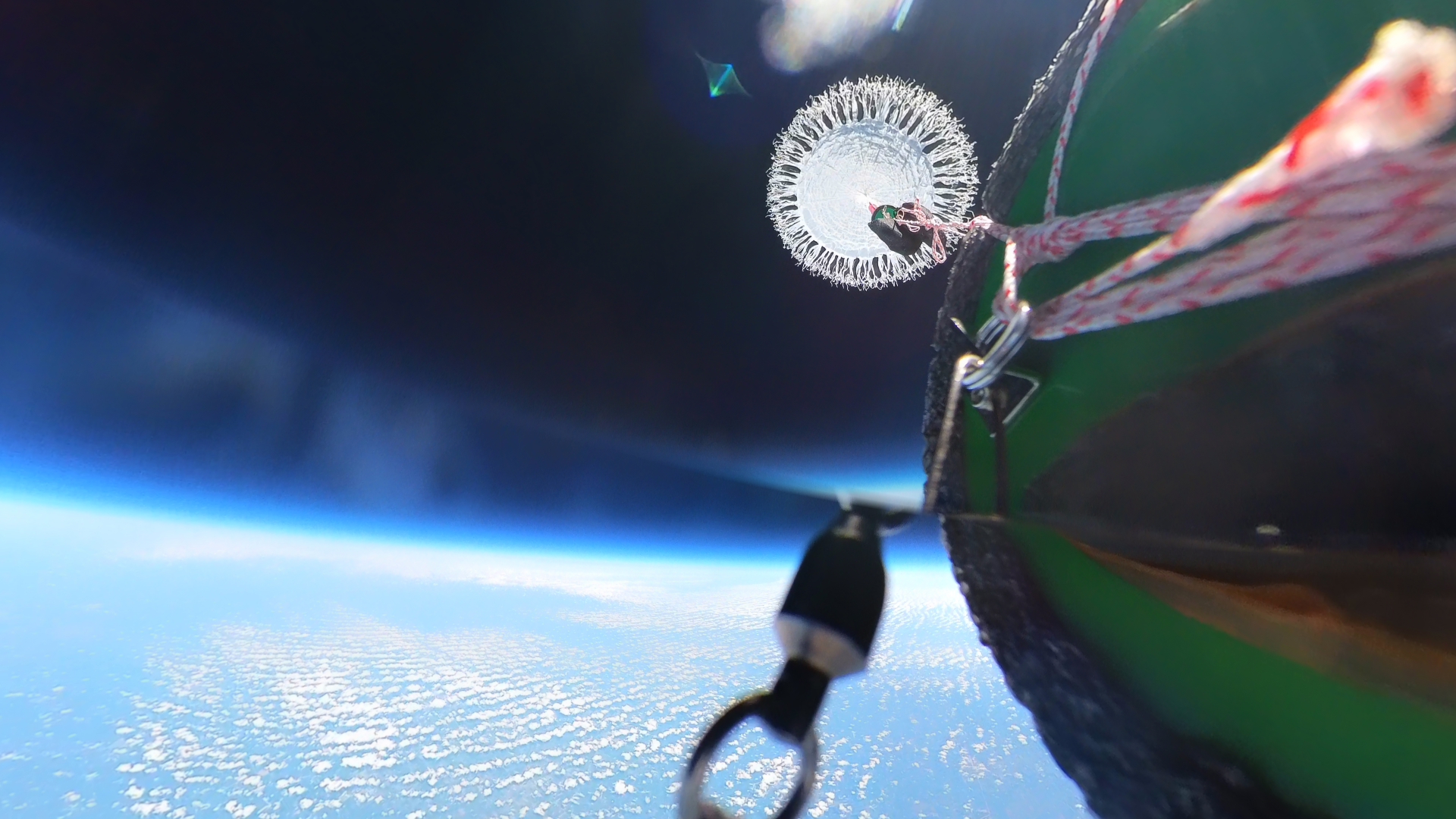-
Dream Big Spotlight: University of Toledo – GLOBE Mission EARTH (GME)
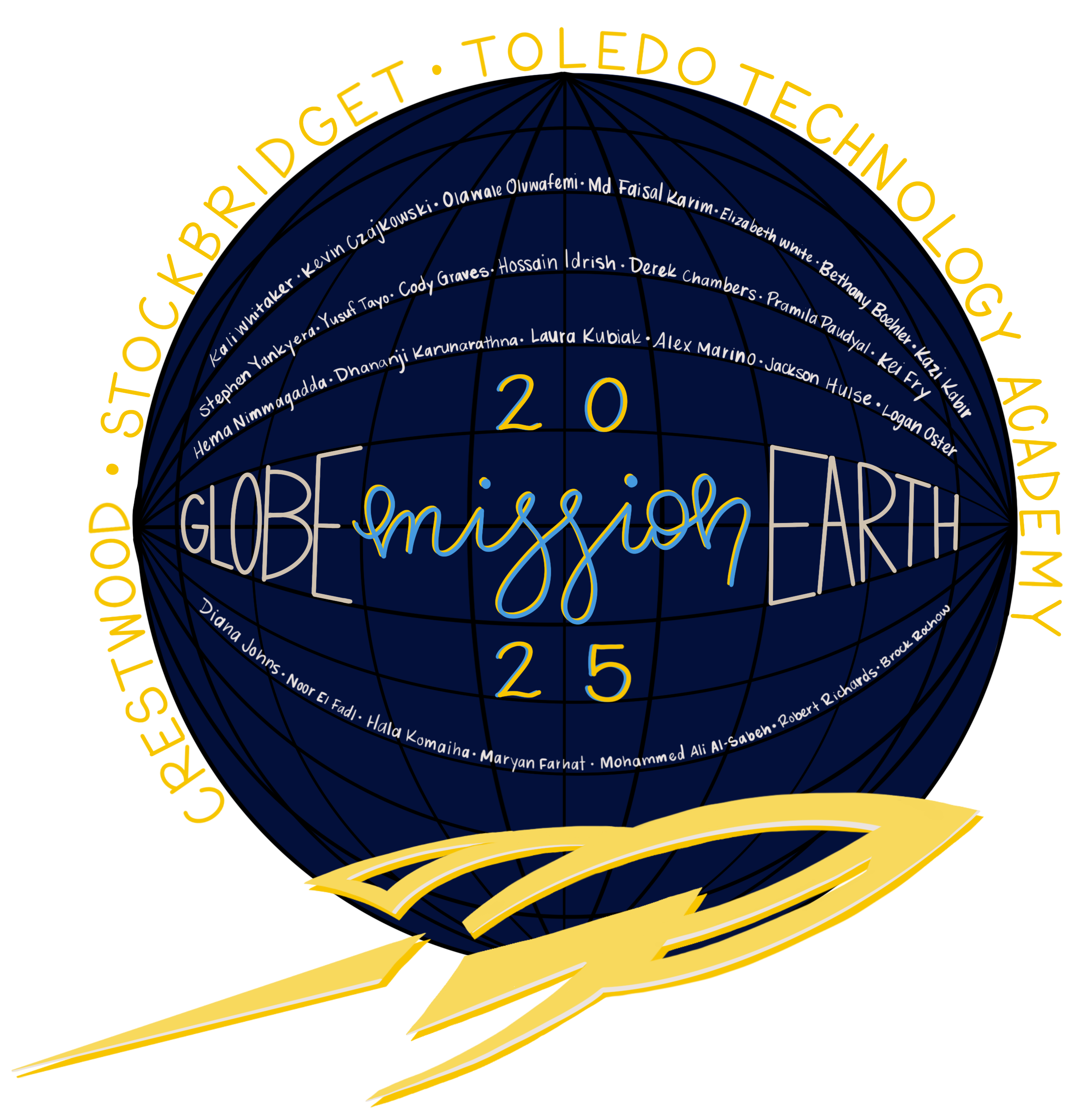
-
Dream Big Spotlight: Western Aerospace Thin-Sat (WATS)
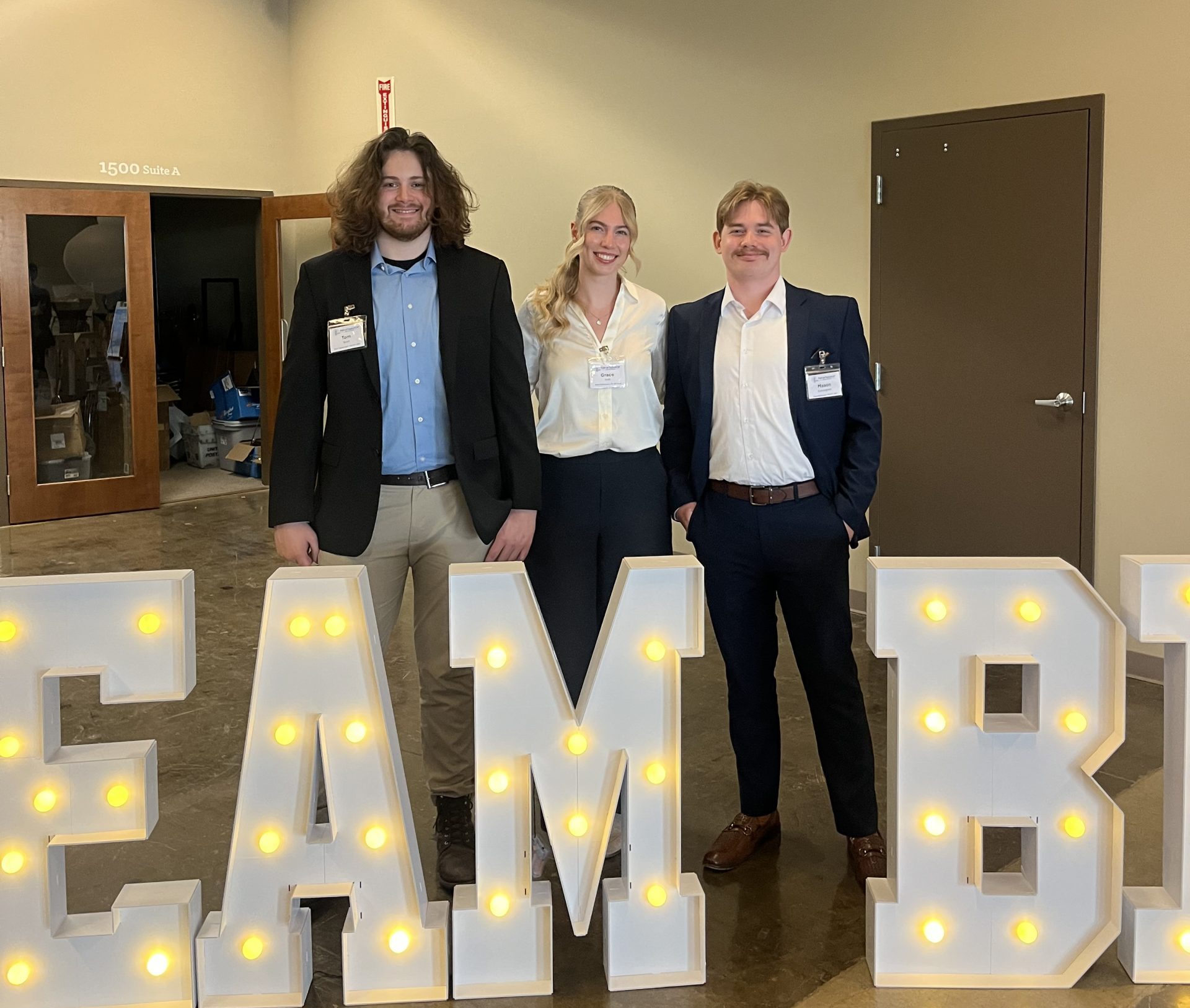
-
Dream Big Spotlight: PFW Precision Flight Works
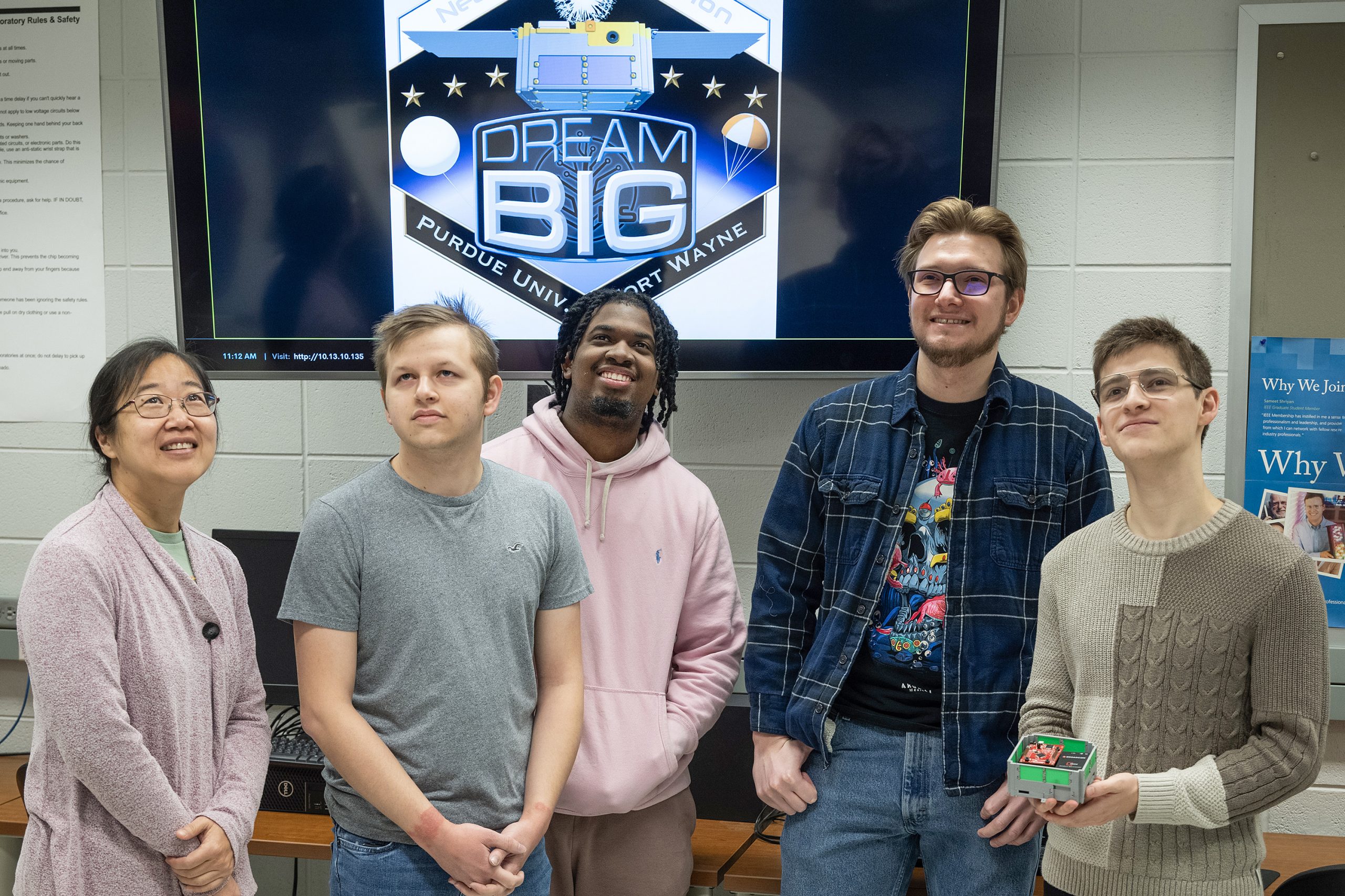
-
Dream Big Spotlight: IrishSat
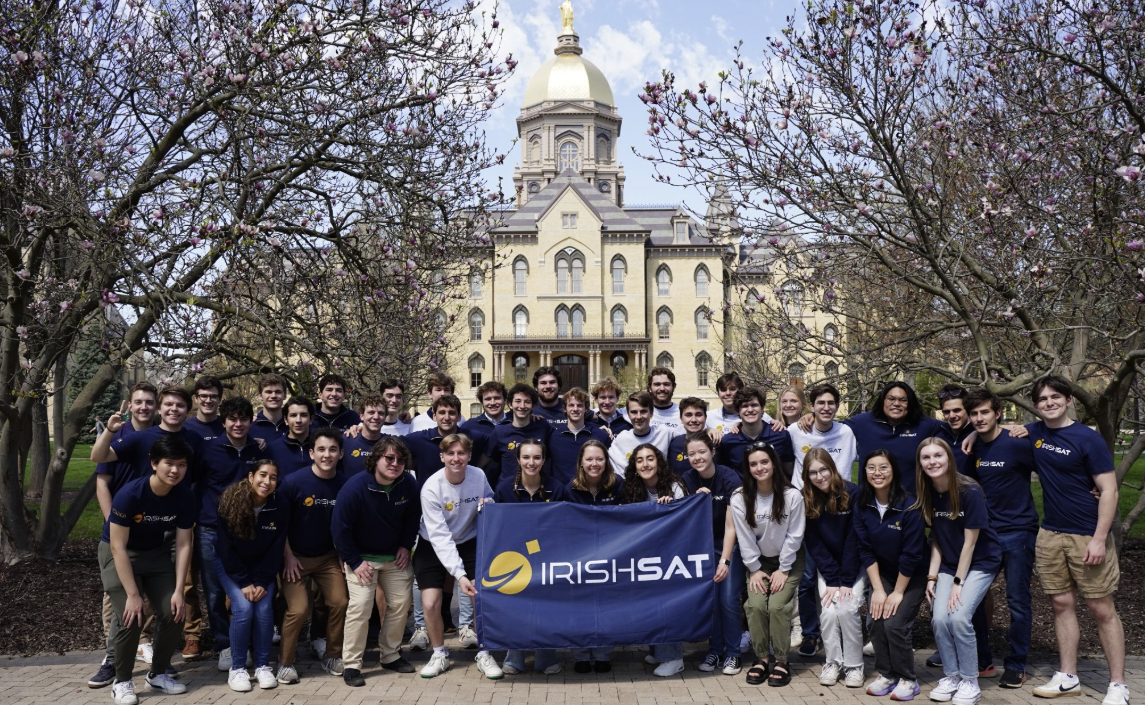
-
Dream Big Spotlight: Valparaiso Space Program
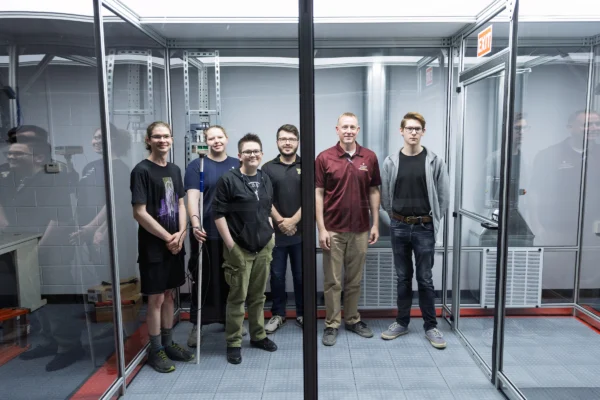
-
Dream Big Spotlight: TU SkyForge Core
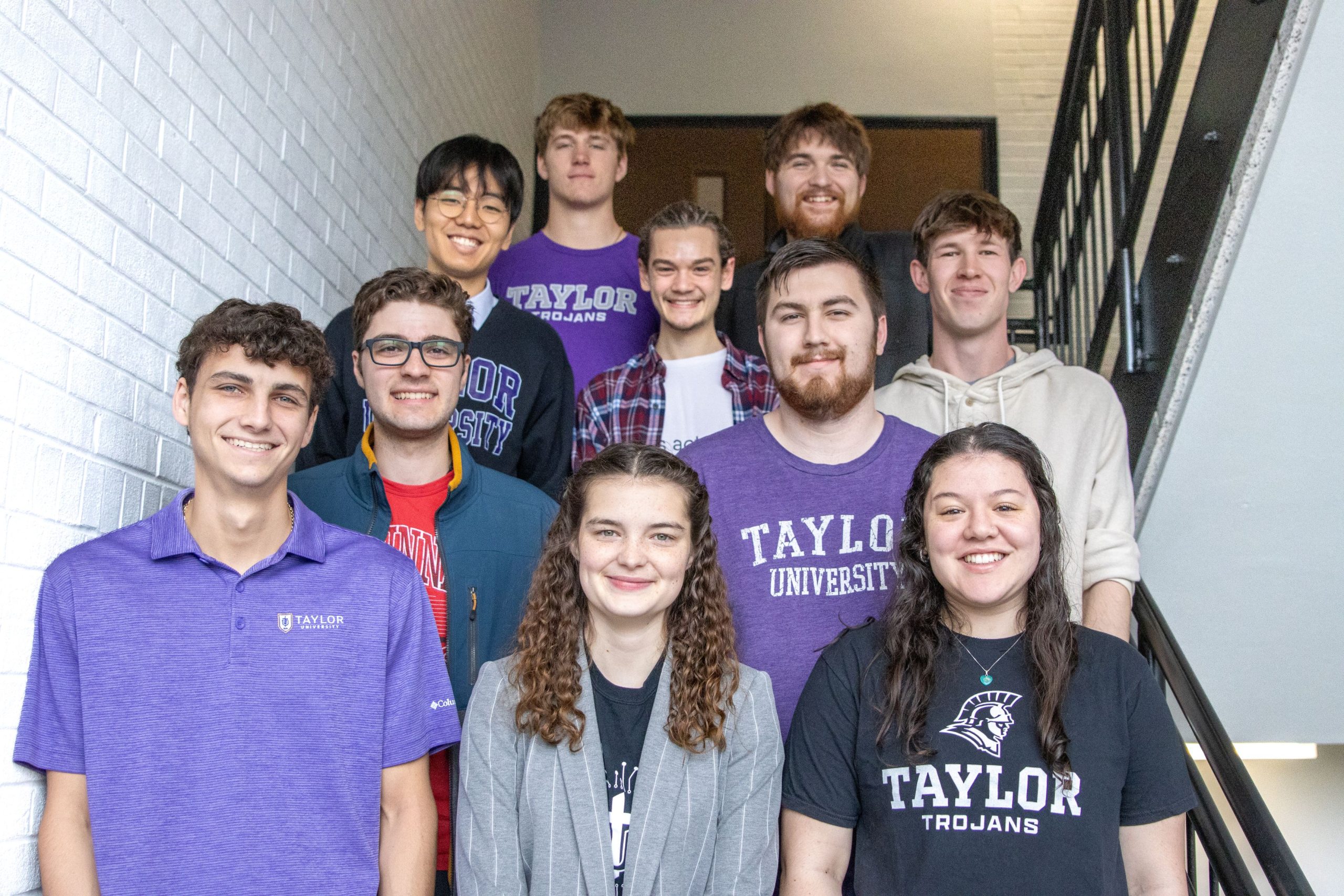
-
2025 Summer Camps – Week 1 Recap
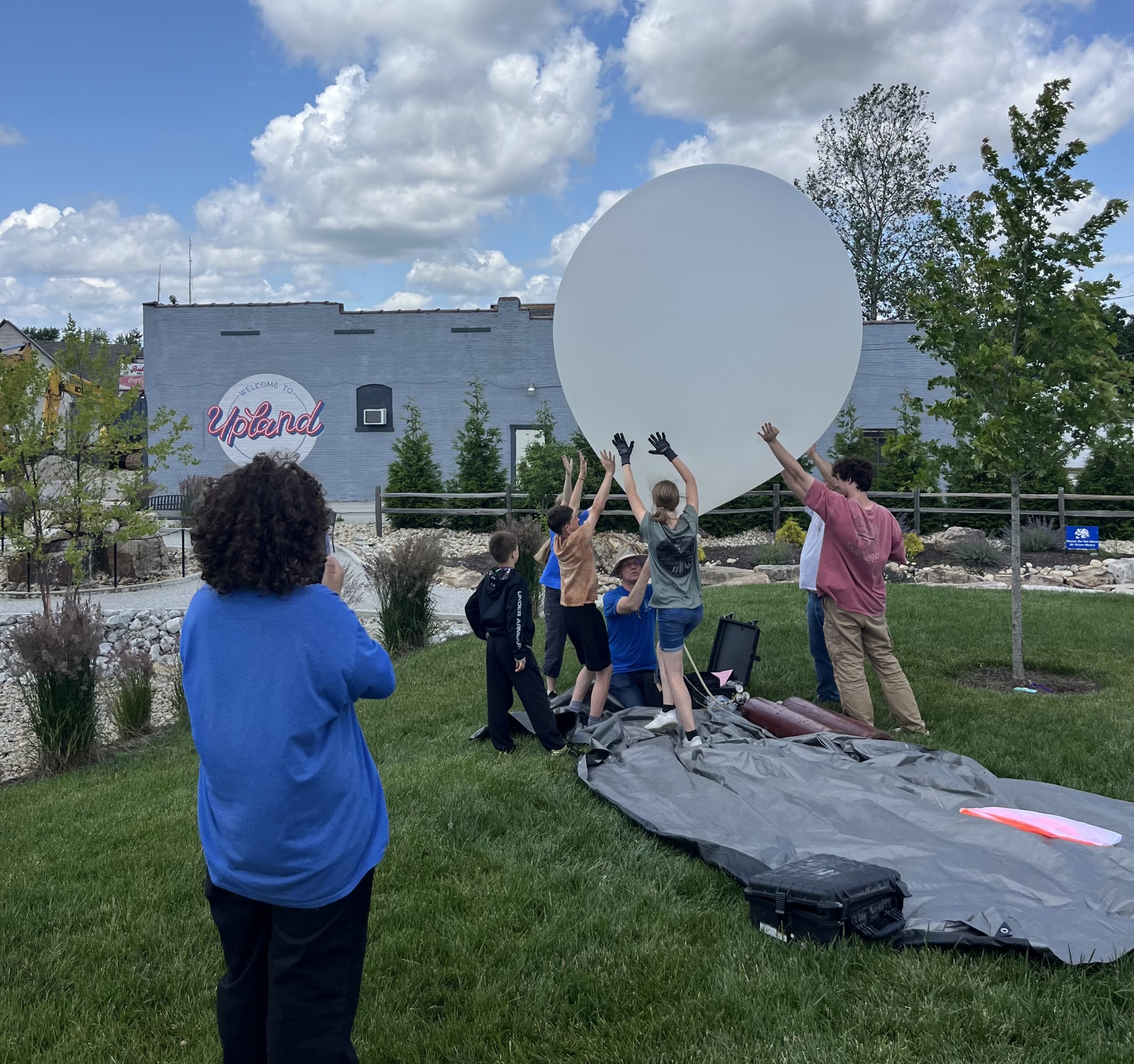
-
First Event at NSE Makerspace!
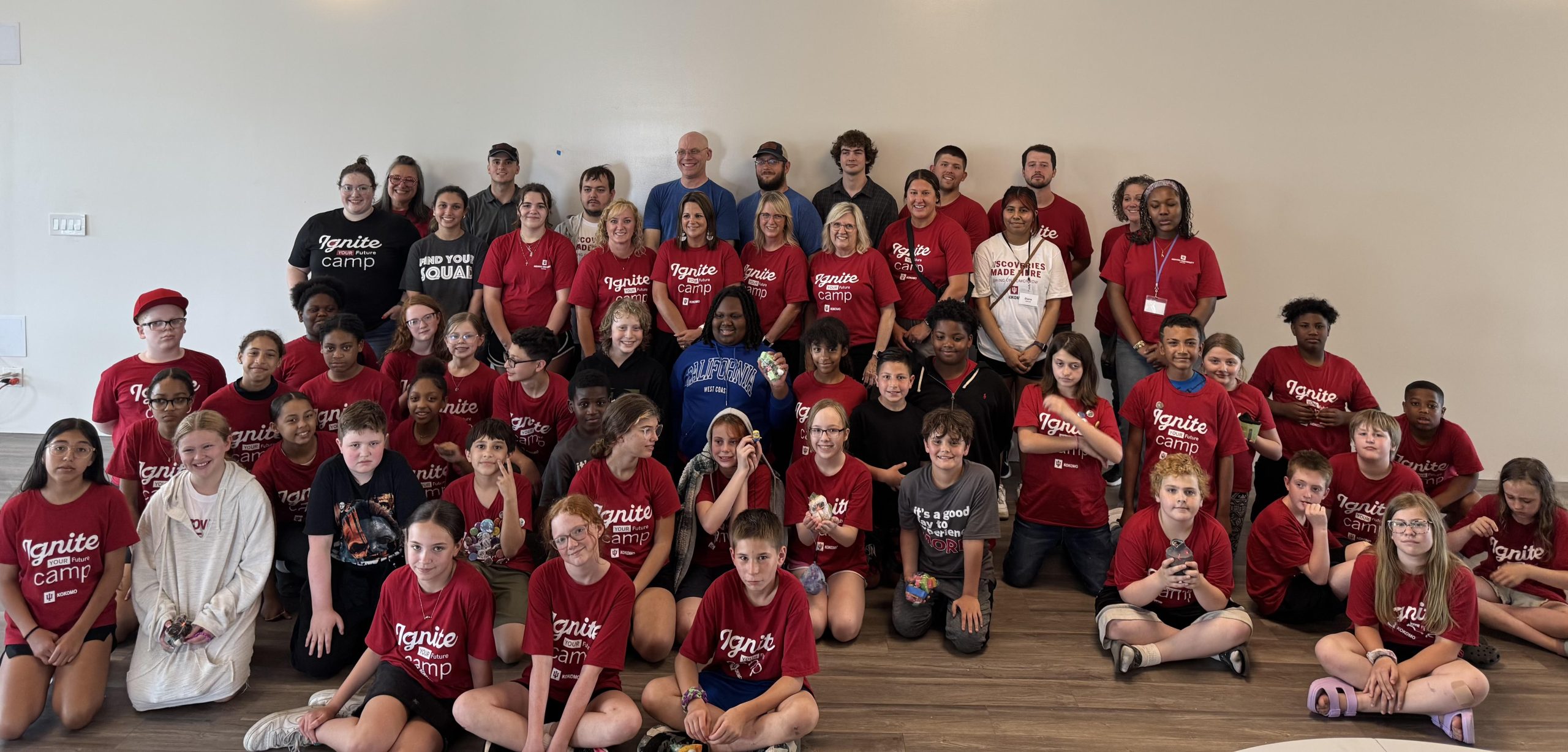
-
New NSE Expanse Program
